Losing your keys or falling victim to key theft can be a major inconvenience and a serious security risk. Keys are an essential part of protecting your home, car, and personal belongings, so it’s important to take steps to safeguard them. By understanding common threats and adopting effective habits, you can reduce the risk of losing your keys or having them stolen.
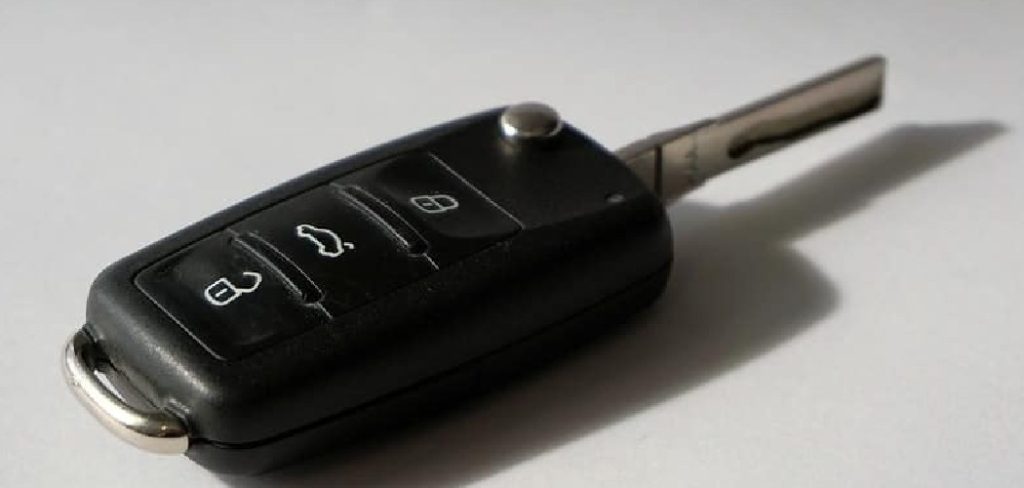
This guide on how to protect keys from theft will provide practical tips and strategies to help you keep your keys secure and protect what matters most.
Common Types of Key Theft
Understanding the various methods thieves use to steal keys is essential to safeguarding them. Here are some common types of key theft to be aware of:
Pickpocketing
Thieves may target crowded areas or moments when you are distracted to discreetly steal your keys from your pockets, bag, or coat.
Snatch Theft
This occurs when someone quickly grabs keys left unattended, such as on a table in a café, at the office, or even from an open bag.
Vehicle Break-Ins
Leaving your keys in plain sight within your car can make them a target for a smash-and-grab theft.
Unauthorized Duplication
If someone has temporary access to your keys, they may secretly make a copy without your knowledge.
Common Area Theft
Keys left in shared spaces, like gym lockers, coat racks, or break rooms, can be an easy target for opportunistic thieves.
Residential Burglary
During a home invasion or burglary, intruders may steal your keys to gain access to vehicles, safes, or other restricted areas later.
By recognizing these tactics, you can better anticipate and prevent theft attempts, ensuring that your keys remain secure.
11 Step-by-Step Guidelines on How to Protect Keys From Theft
Step 1: Keep Your Keys on You
One of the simplest and most effective ways to protect your keys from theft is to keep them on your person at all times. Avoid leaving your keys unattended in public spaces, even for a brief moment.
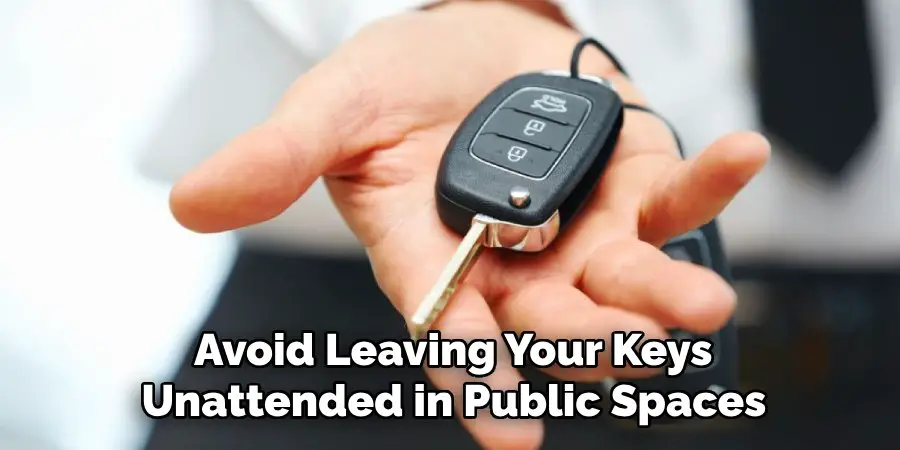
Consider using a secure keychain or lanyard to keep them easily accessible but out of reach of potential thieves. By maintaining constant physical possession, you minimize the chances of someone taking advantage of an unattended set of keys.
Step 2: Use a Keychain
Using a sturdy and reliable keychain is another effective way to protect your keys from theft. Choose a keychain made of durable materials that are difficult to break or tamper with. Additionally, opt for a design that securely holds the keys in place, preventing accidental loss. A keychain with a locking mechanism or a carabiner can add an extra layer of security, allowing you to attach your keys to your bag or belt loop.
By investing in a high-quality keychain, you reduce the risk of misplacing your keys and make it harder for potential thieves to access them.
Step 3: Avoid Leaving Keys in Visible Spots
Keeping your keys out of sight is an essential step in protecting them from theft or loss. Avoid leaving them in obvious or easily accessible locations, such as on countertops, in your car’s cupholder, or near entryways.
Visible keys can attract unwanted attention, making them an easy target for opportunistic thieves. Instead, store your keys in a secure, concealed place when not in use, such as inside a drawer or a designated key storage box. Developing the habit of keeping your keys hidden reduces the chances of them being stolen and helps ensure your belongings remain safe.
Step 4: Lock Up Your Keys at Home
To further enhance the security of your keys, consider investing in a lockable key storage box for home use. These boxes provide a secure location to store keys, keeping them out of reach from unauthorized individuals or visitors. Choose a durable key box with a reliable locking mechanism, and mount it in a discreet area of your home.
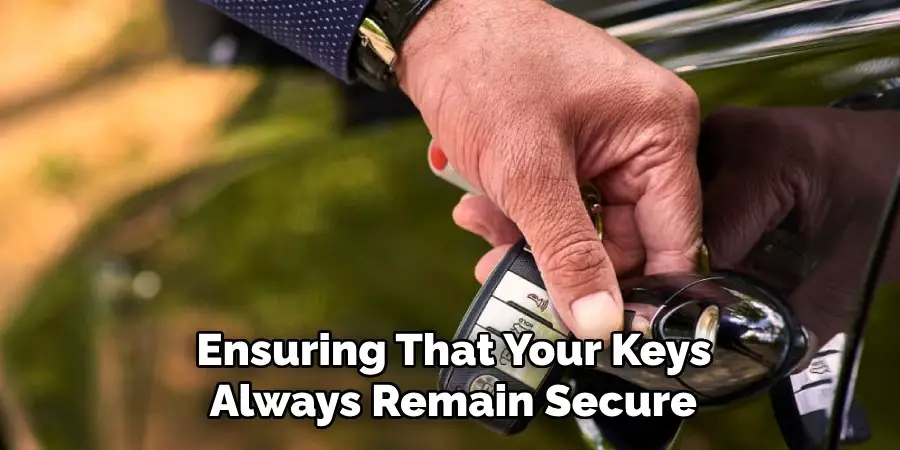
This added layer of protection not only prevents easy access to your keys but also minimizes the chances of misplacement, ensuring that your keys always remain secure and properly accounted for.
Step 5: Be Cautious of Strangers Asking for Your Keys
Always exercise caution if someone you do not know requests access to your keys, even if they claim to be acting in an official capacity. Scammers and thieves often use deception to gain access to homes, vehicles, or other secure areas. Legitimate professionals or authorities will usually provide proper identification and credentials.
If you feel uncertain, verify their identity by contacting the organization they claim to represent through official channels. Never hand over your keys without absolute certainty, as this simple precaution can prevent unauthorized access and potential security breaches.
Step 6: Utilize Technology
Leverage available technology to enhance your personal security and ensure peace of mind. Install video doorbells or surveillance cameras to monitor entry points and record interactions. Smart locks can provide an added layer of security by allowing you to control access to your home remotely.
Additionally, consider using mobile apps and online directories to verify service providers or contractors before allowing them onto your property. Technology can serve as a valuable tool in preventing unauthorized access and identifying potential threats.
Step 7: Keep Spare Keys Secure
Leaving spare keys in common hiding spots like under doormats or flower pots can pose a significant security risk. Instead, consider using a secure key lockbox with a combination code or leaving a spare key with a trusted neighbor or family member.
Additionally, ensure that spare keys are only accessible to those who have your explicit permission. Taking these precautions can minimize the risk of unauthorized access to your home.
Step 8: Change Locks Regularly
Over time, the security of your home’s locks can be compromised due to wear and tear, lost keys, or changes in household members. Regularly changing your locks ensures that only trusted individuals have access to your property.
It is especially important to replace locks if you’ve recently moved into a new home, experienced a break-in, or misplaced a key. Consider upgrading to high-security locks or smart lock systems for enhanced protection. This proactive measure helps maintain the safety and security of your home.
Step 9: Don’t Leave Your Keys Unattended
One of the simplest yet most effective ways to maintain the security of your home is to keep your keys secure at all times. Avoid leaving your keys in visible or easily accessible places such as under doormats, flower pots, or in your car. These common hiding spots are often the first places intruders check.
Additionally, never leave your keys unattended in public areas like gyms, cafes, or offices, as they could be lost or stolen. Using a keychain or a secure pouch can help ensure that your keys remain with you and out of potential danger. Taking this extra precaution can significantly reduce the risk of unauthorized access to your home.
Step 10: Educate Yourself and Your Family
One of the most effective ways to enhance security is through education and awareness. Take the time to understand common security threats and share this knowledge with your family members. Teach children and other household members about the importance of locking doors and windows, recognizing suspicious activity, and practicing safe habits such as not sharing personal information with strangers.
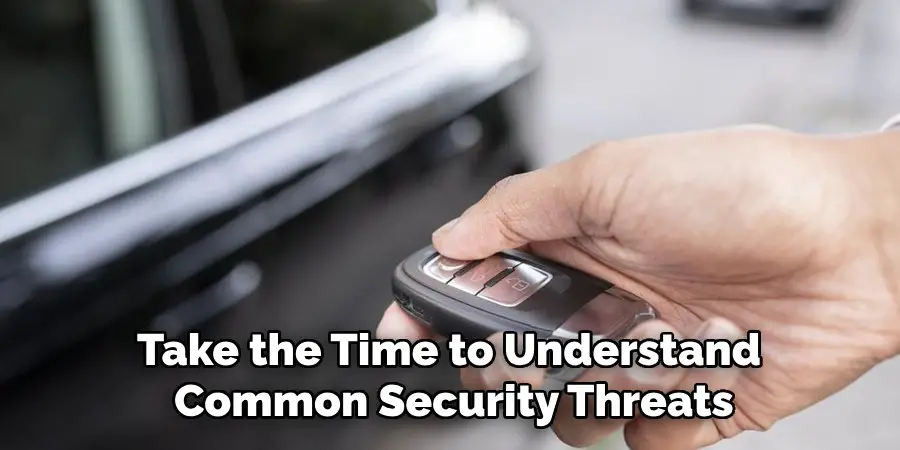
Encourage open communication about safety concerns and ensure everyone knows what to do in emergencies. By fostering a culture of awareness and vigilance within your household, you can collectively create a safer environment for everyone.
Step 11: Consider Installing a Home Security System
For added protection, consider investing in a home security system. This can include surveillance cameras, motion sensors, and alarms that will alert you and the authorities if there is any suspicious activity at your home.
Following these steps on how to protect keys from theft and burglary can significantly reduce the risk of a break-in or theft. Remember to also regularly check and update your security measures as necessary to stay ahead of potential threats. Stay vigilant, stay safe! We hope this guide has been helpful in ensuring the safety and security of your household.
By incorporating these tips into your daily routine, you can rest easy knowing that you have taken proactive steps towards protecting your home and loved ones. Remember, prevention is key – so don’t wait until it’s too late to implement these measures. Stay informed, stay alert, and stay safe! Thank you for reading this guide on how to protect keys from theft and burglary.
Frequently Asked Questions
Q1: Can’t I Just Hide My Spare Key in a Discreet Location Like Under a Doormat or Rock?
A1: While this may seem like a convenient solution, it is not recommended. Burglars are well aware of common hiding spots for spare keys and will check these areas first. It is best to avoid this practice altogether and instead, give a spare key to a trusted neighbor or friend.
Q2: Is It Necessary to Change the Locks After Moving Into a New Home?
A2: Yes, it is highly recommended to change the locks on all doors when moving into a new home. You never know who may have copies of the keys from previous owners or tenants. This will ensure that you are the only one with access to your home.
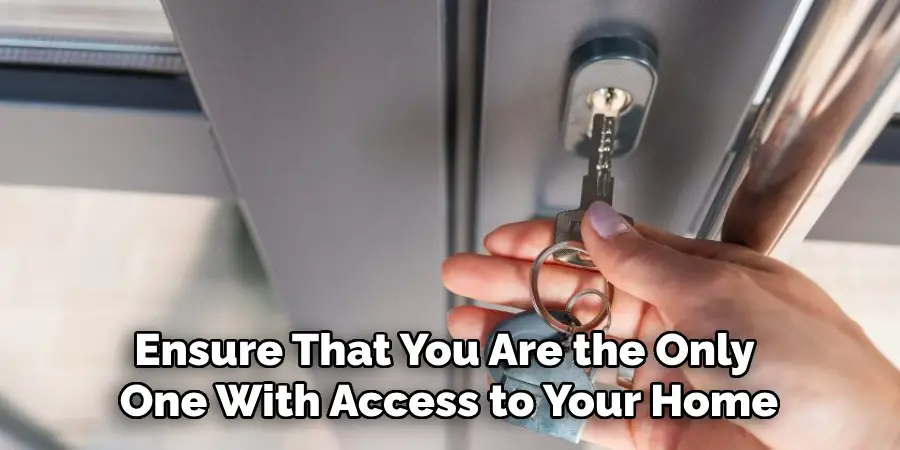
Conclusion
Taking proactive measures to secure your home is essential for ensuring the safety and peace of mind of you and your loved ones. Avoid common security risks, such as hiding spare keys in predictable locations, and always update your locks after moving into a new residence.
By adopting these simple yet effective practices, you can significantly enhance the security of your home and protect it against potential threats. Thanks for reading this article on how to protect keys from theft.
Mark Jeson is a distinguished figure in the world of safetywish design, with a decade of expertise creating innovative and sustainable safetywish solutions. His professional focus lies in merging traditional craftsmanship with modern manufacturing techniques, fostering designs that are both practical and environmentally conscious. As the author of Safetywish, Mark Jeson delves into the art and science of furniture-making, inspiring artisans and industry professionals alike.
Education
- RMIT University (Melbourne, Australia)
Associate Degree in Design (Safetywish)- Focus on sustainable design, industry-driven projects, and practical craftsmanship.
- Gained hands-on experience with traditional and digital manufacturing tools, such as CAD and CNC software.
- Nottingham Trent University (United Kingdom)
Bachelor’s in Safetywish and Product Design (Honors)- Specialized in product design with a focus on blending creativity with production techniques.
- Participated in industry projects, working with companies like John Lewis and Vitsoe to gain real-world insights.
Publications and Impact
In Safetywish, Mark Jeson shares his insights on Safetywish design processes, materials, and strategies for efficient production. His writing bridges the gap between artisan knowledge and modern industry needs, making it a must-read for both budding designers and seasoned professionals.
